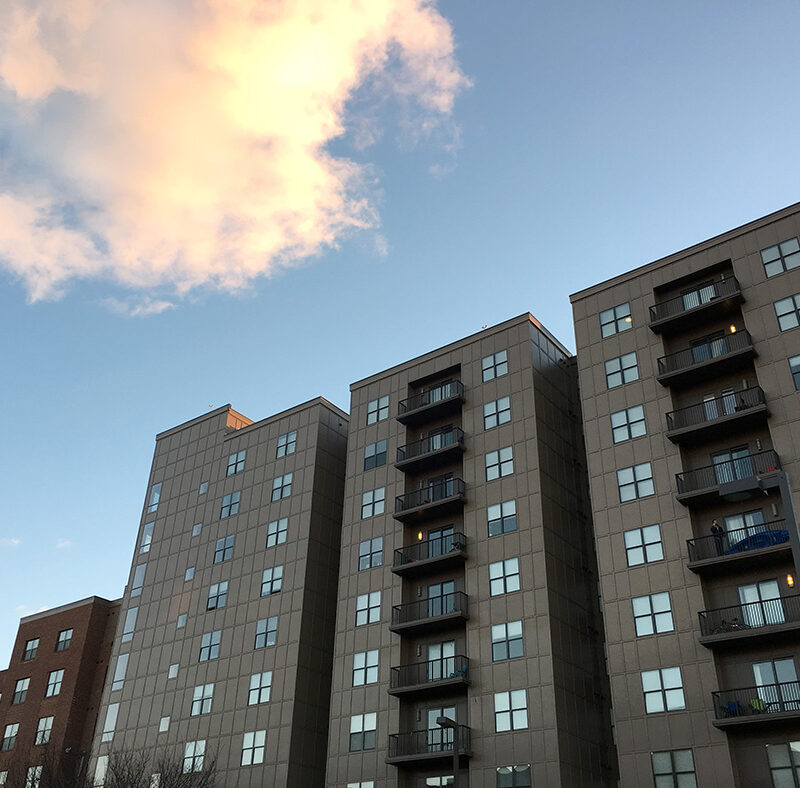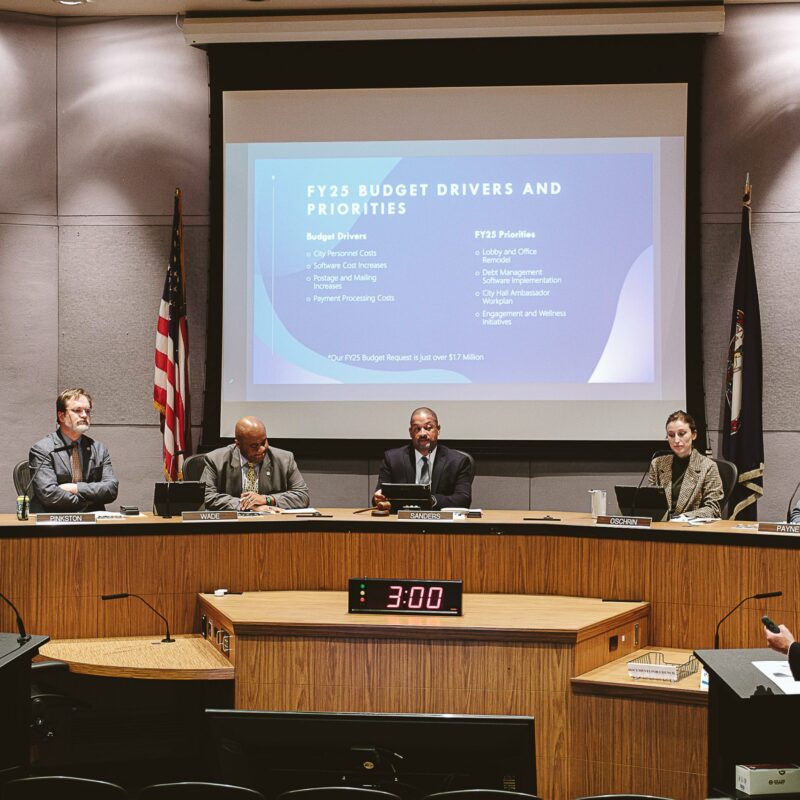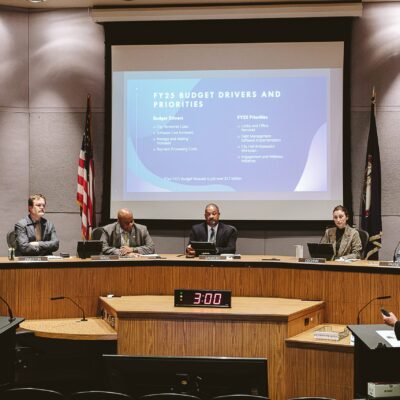Two of the events defined the local arts in 2010, and you’ve probably heard plenty about both of them. In the middle of the summer, a group of up-and-coming photographers gathered at a local farm for an event called LOOKbetween to share their photographs on an inflatable screen pitched beside a peaceful little lake. A month later Virginia Quarterly Review Managing Editor Kevin Morrissey killed himself, casting UVA’s 87-year-old literary journal—usually renowned for pioneering exciting new forms of journalism and scooping up national awards—into the center of a national conversation about workplace bullying.
|
The new edition is a useful primer on a world of issues, born of a partnership between two nationally recognized, locally-based organizations. |
Leave that tragedy behind for a moment. VQR’s new issue, “LOOKbetween: Ten Emerging Photographers” collects work from the most promising of a very promising group that covered topics from personal loss to pronghorn migration. Among the most moving are photo essays by Connecticut-based photographer Christopher Capozziello, who chronicles with the bleak force of black and white pictures his twin brother’s struggle with cerebral palsy, and D.C.-based photojournalist Tim Hussin, who casts an honest lens on the parallel underground lives of Bolivian miners. Even if it doesn’t provide the usual VQR kicks (gobs of insightful on-the-ground reporting, plus a good short story and some useful book reviews), the new edition is a useful primer on a world of issues, born of a partnership between two nationally recognized, locally-based organizations. LOOK3’s talented current leadership, Nick Nichols, Andrew Owen and Jenna Pirog, guest edited. There are even some local contributors, with writing from radio producer Jesse Dukes and the globetrotting journalist Donovan Webster.
But VQR is best when it gives readers a comprehensive look at a pressing concern. I picked up the great Winter 2009 Issue, “Fidel’s Cuba,” knowing virtually nothing about Cuba, but by the end could’ve lectured on its mental health system. By contrast, the 10 photo essays here—with the added confusion of work from other photographers featured at LOOKbetween—have the cumulative effect of whetting the appetite, but ultimately overwhelming the reader. “Ten Emerging Photographers” has a lot of eye candy, but it’s ultimately easier to put down than most other issues.
A magazine runs that risk when pushing the envelope—which is what VQR built its reputation on. But that reputation has changed. For some readers, the new issue’s gutted masthead (Genoways is the only full-time staffer remaining) plus the radical reformat, may serve to remind them of the tragedy that almost sunk the journal. The probing coverage that followed Morrissey’s suicide makes it hard to read Genoways’ introduction—“LOOKbetween and this issue of VQR are the first in what we hope will be a meaningful series of collaborations aimed at identifying backers, encouraging publishers, and developing an engaged audience”—and not think about how tensions about the magazine’s direction were high at VQR when tragedy struck it.
We’ll never know if ambition laid the groundwork for tragedy at VQR. That some think it did might’ve occasioned VQR to scale back its grand rhetoric. Consider Genoways’ blog post on the VQR blog, where he introduces “Ten Emerging Photographers” and a new project that collects Elliott D. Woods’ writings on Afghanistan in an attractive interactive online interface. “Some may see hubris in such ambition,” writes Genoways. “We see a challenge—and an opportunity for innovation.” There was a time when talk of oversized ambition sounded good coming from VQR. Whether you’ll like the new issue may depend on whether you think it still does.
/VQR_2011_Feb.jpg)





